how to sear steak on grill | Perfect Results Every Time
The sizzle of a juicy steak on the grill sparks memories of warm summer evenings and the mouthwatering…
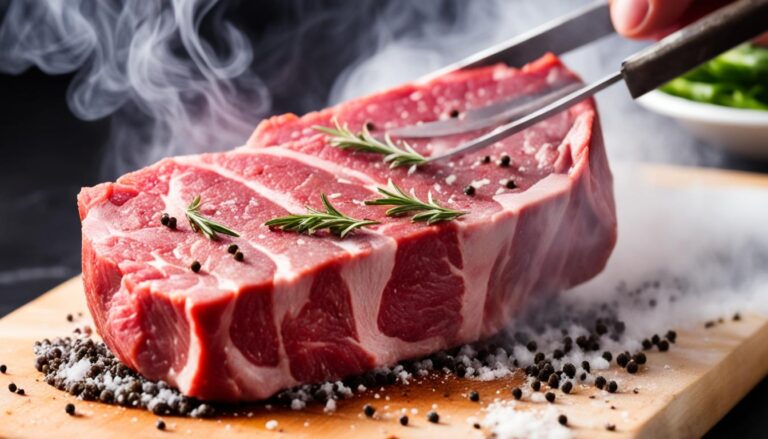
The sizzle of a juicy steak on the grill sparks memories of warm summer evenings and the mouthwatering…
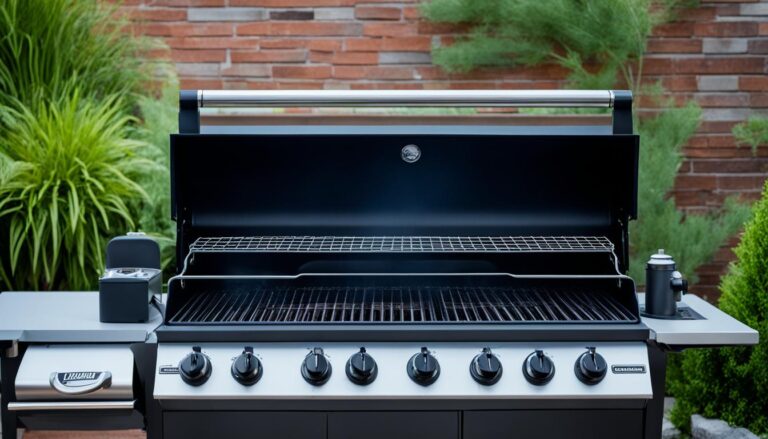
Picture this: the sun is shining, the scent of sizzling food fills the air, and the sound of…
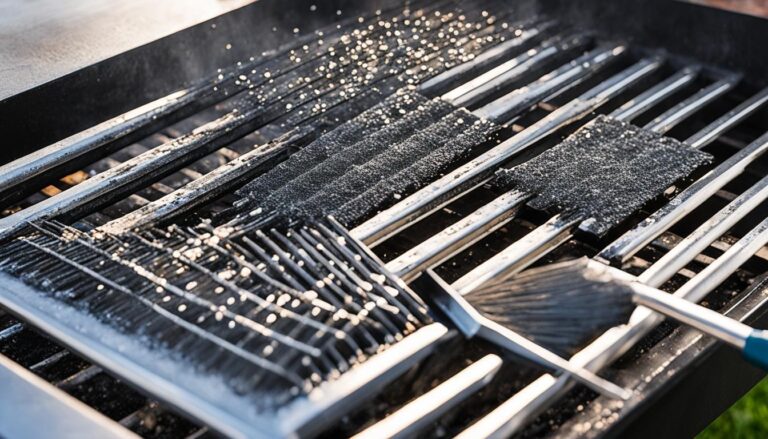
Imagine it’s a perfect summer evening, the sun is setting, and the irresistible smell of grilled food fills…
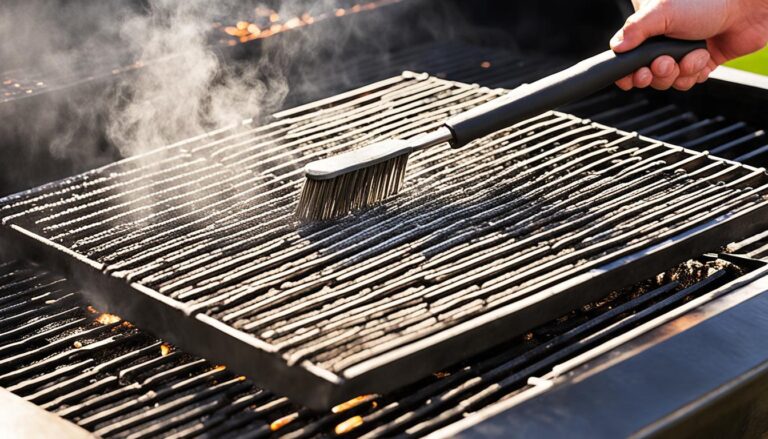
The sizzle of a juicy steak and the smoky aroma of grilled veggies—there’s nothing like a backyard cookout….
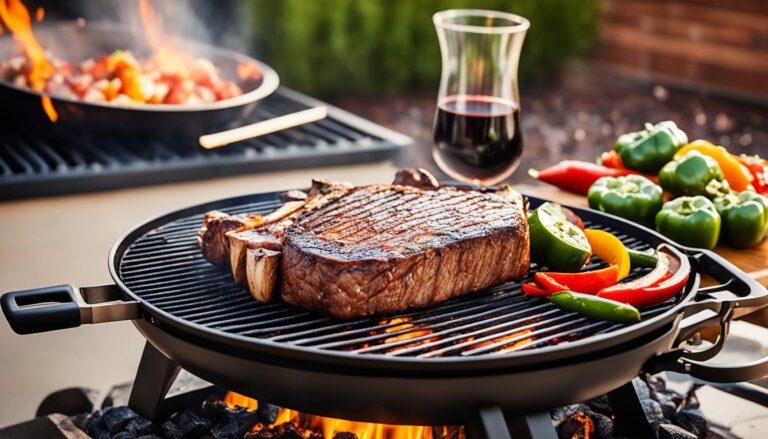
Imagine you’re standing in front of your gas grill, the smell of sizzling meat fills the air. You…

How to Cook Brisket on a Gas Grill is a wonderful way to enjoy a juicy, flavorful meal…
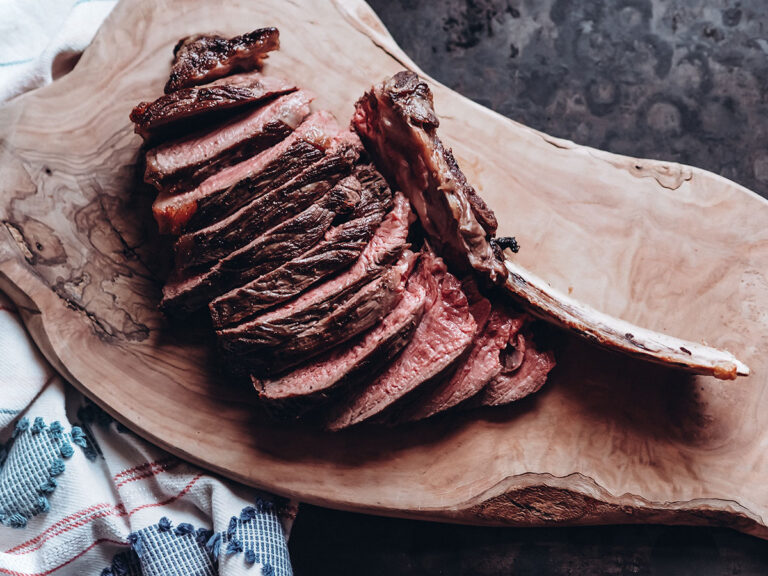
A Tomahawk steak, also known as a Tomahawk ribeye, is a thick, premium cut of beef taken from…
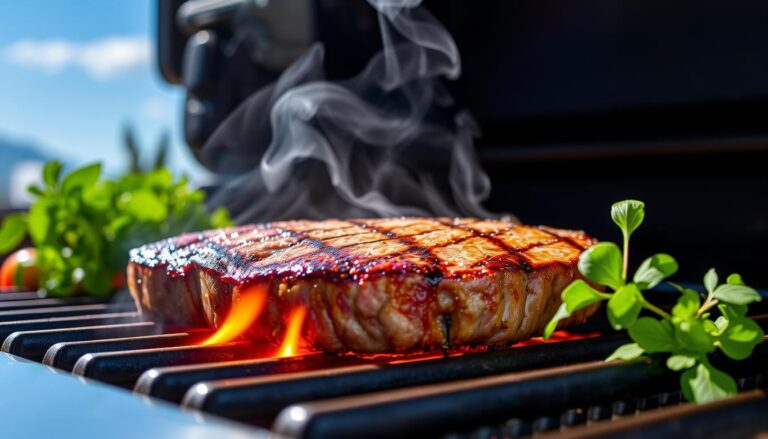
Grilling steaks might seem a little intimidating at first, but this easy-to-follow guide simplifies the process. Sirloin steak…

If it’s a bright day and you catch the scent of grilled meats drifting through the neighborhood, then…

The Tomahawk steak — an elite and impressive cut of beef — has always held a special place…